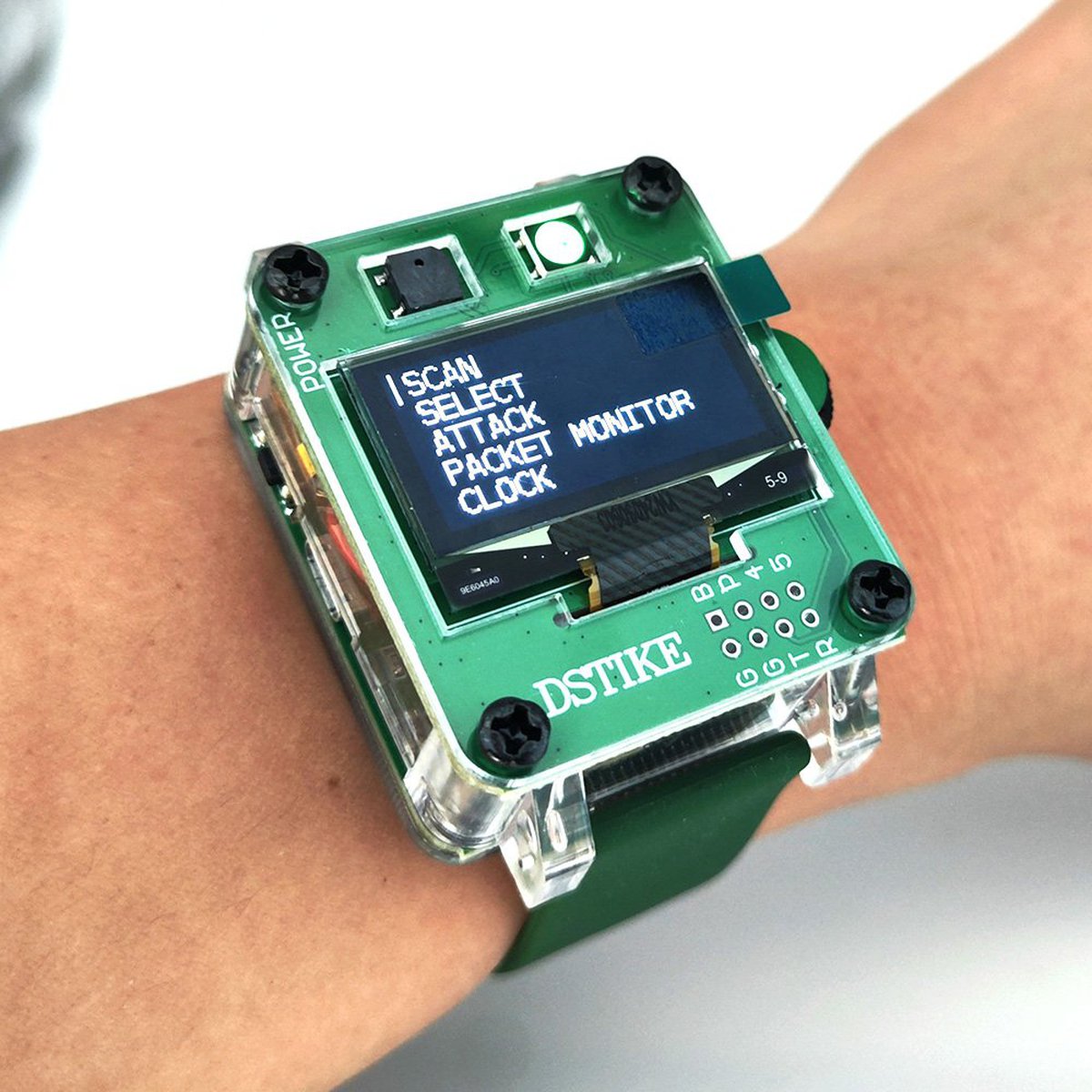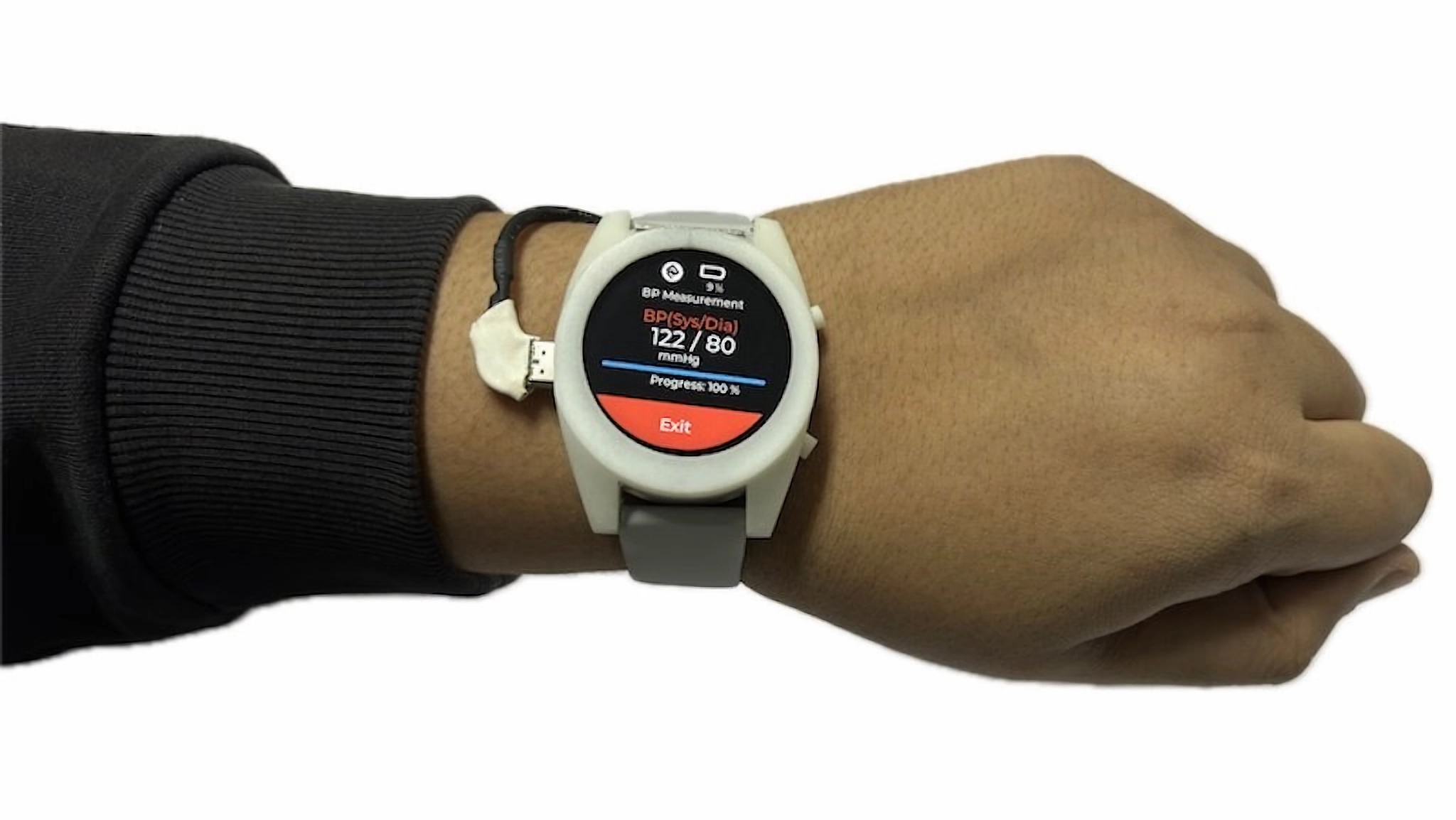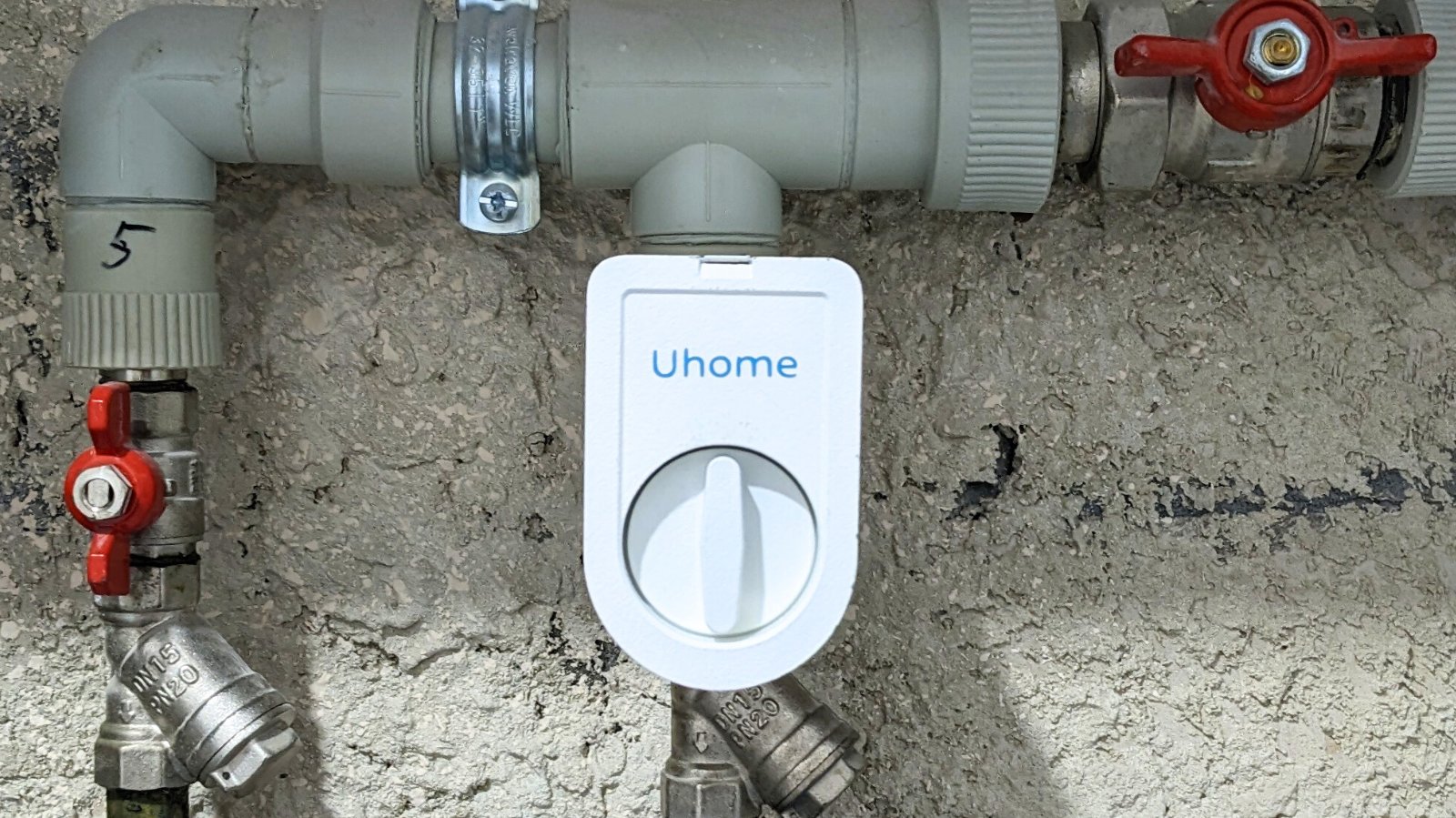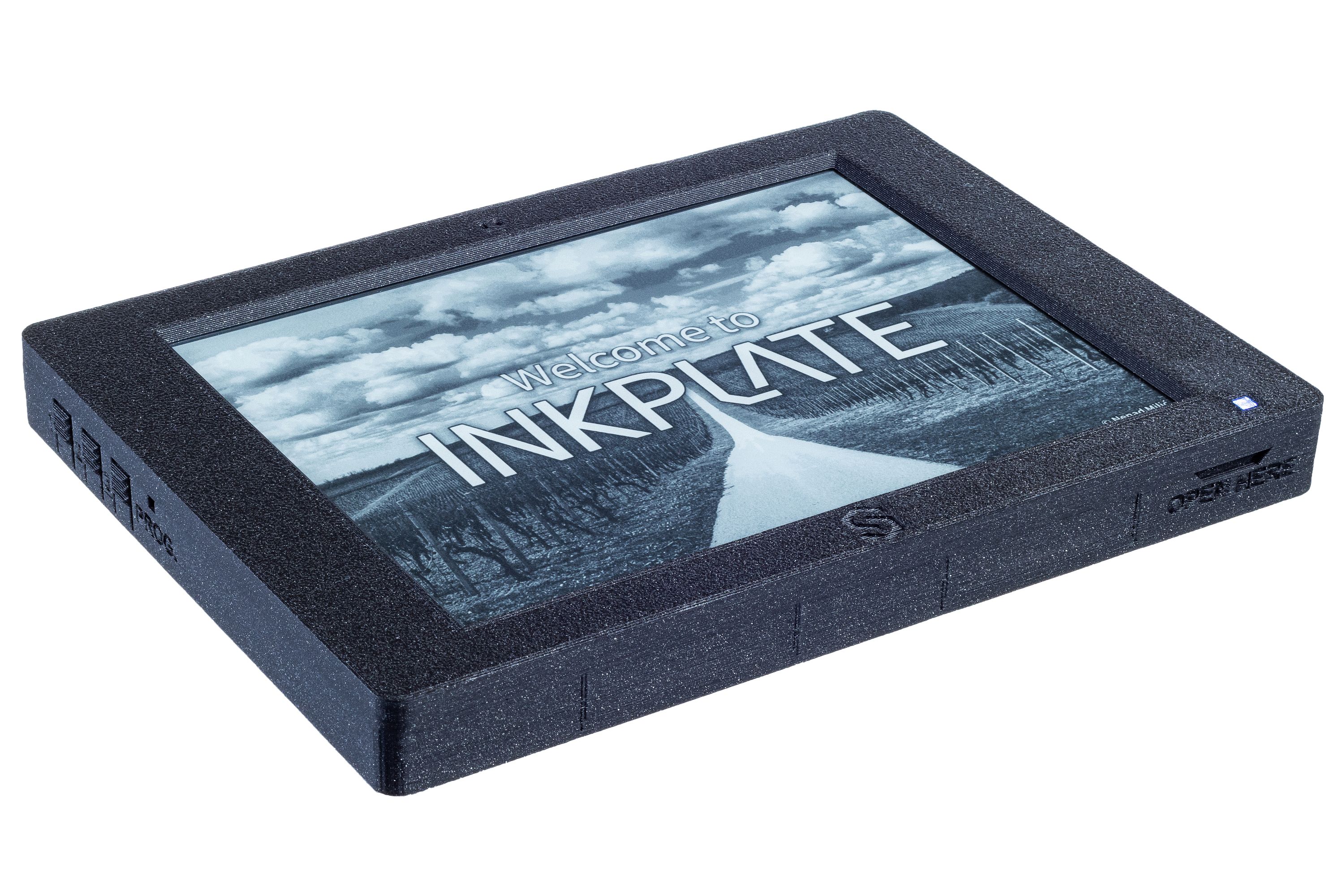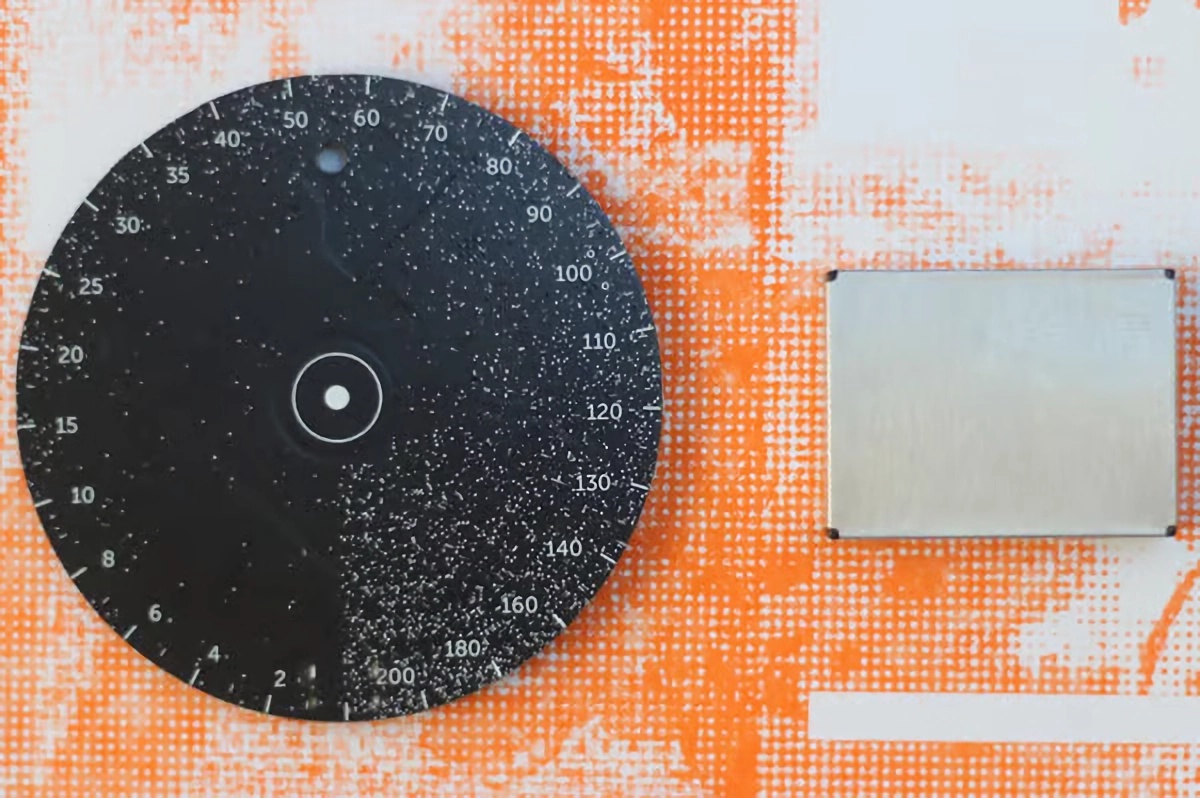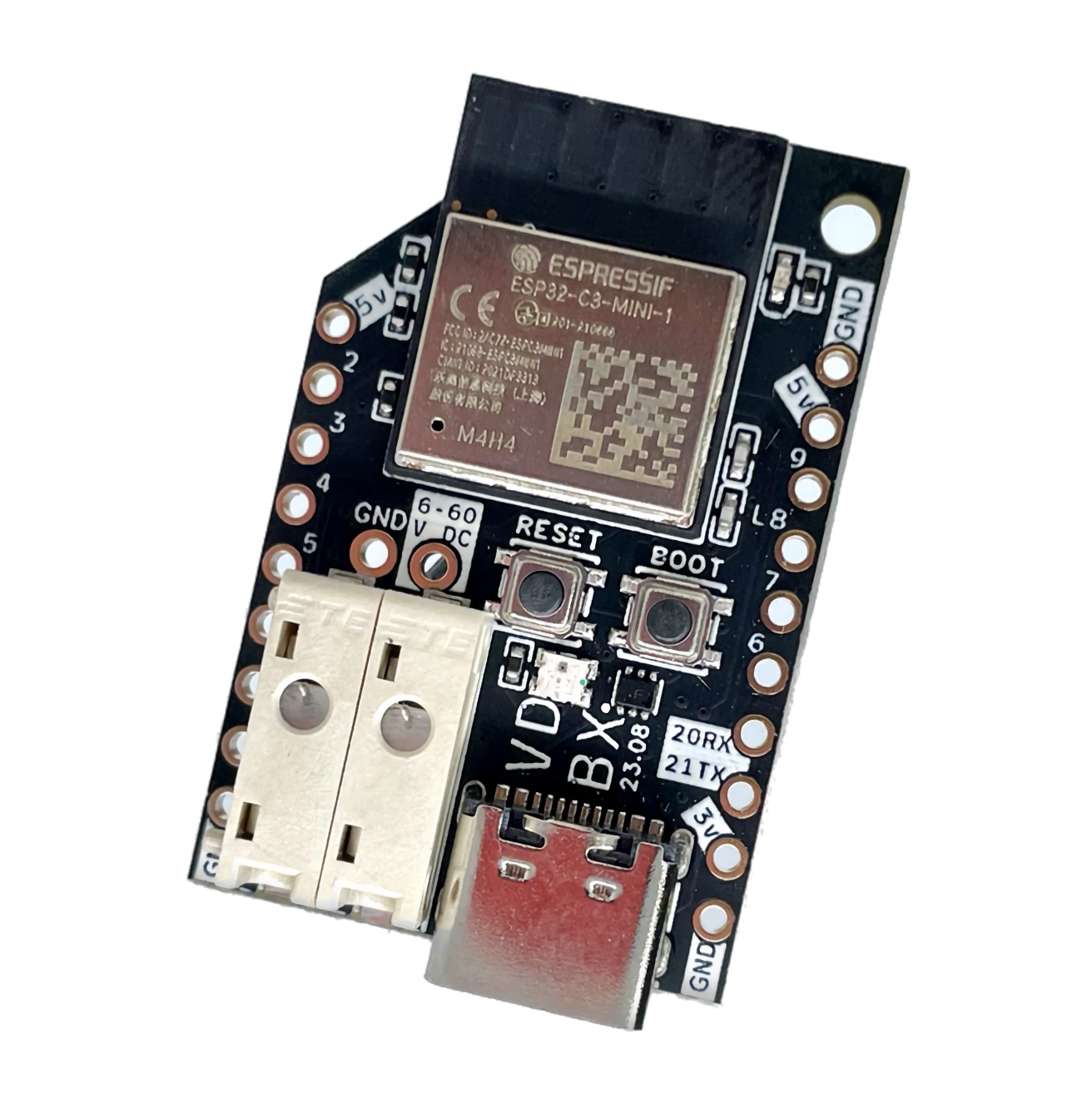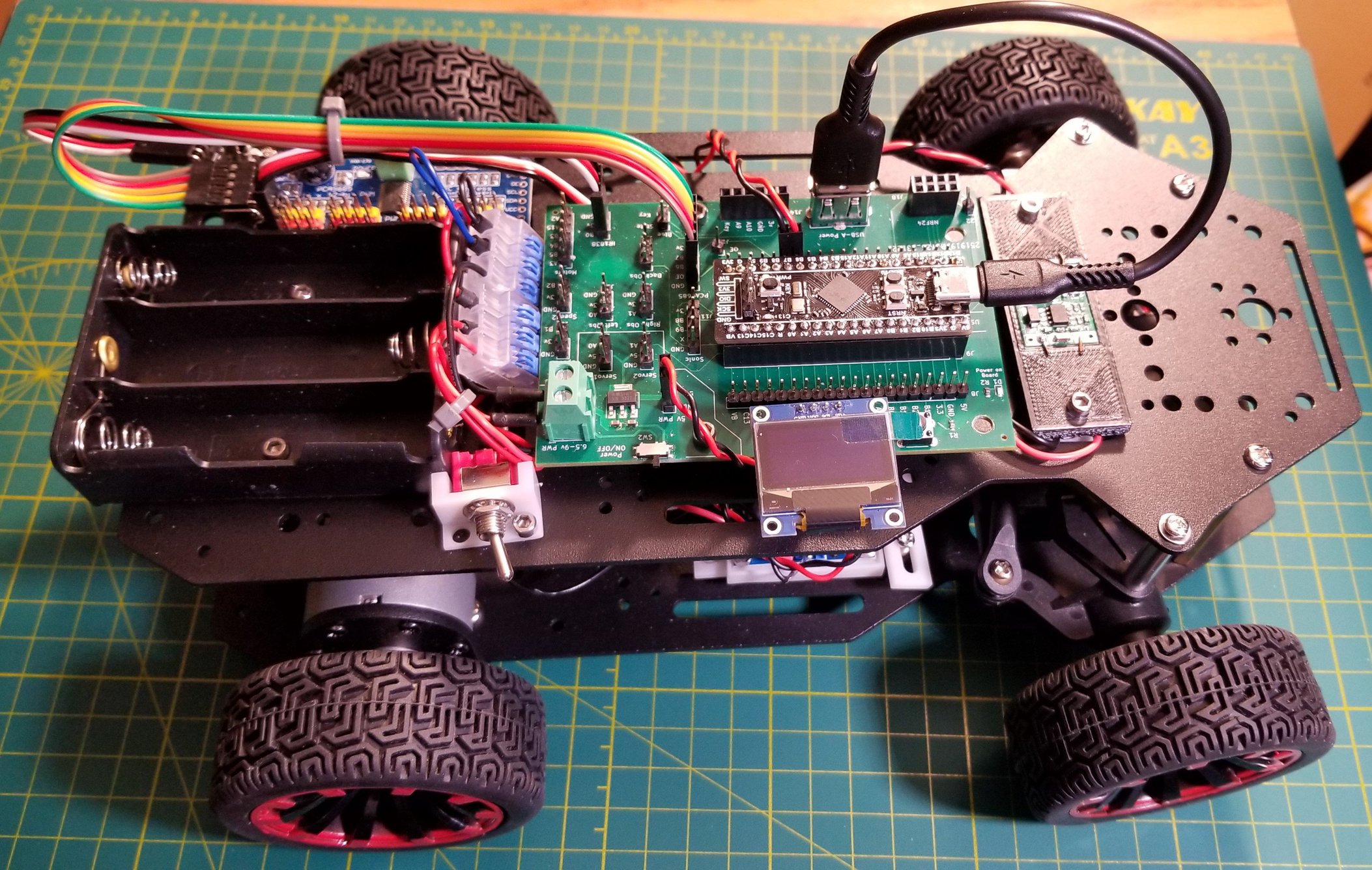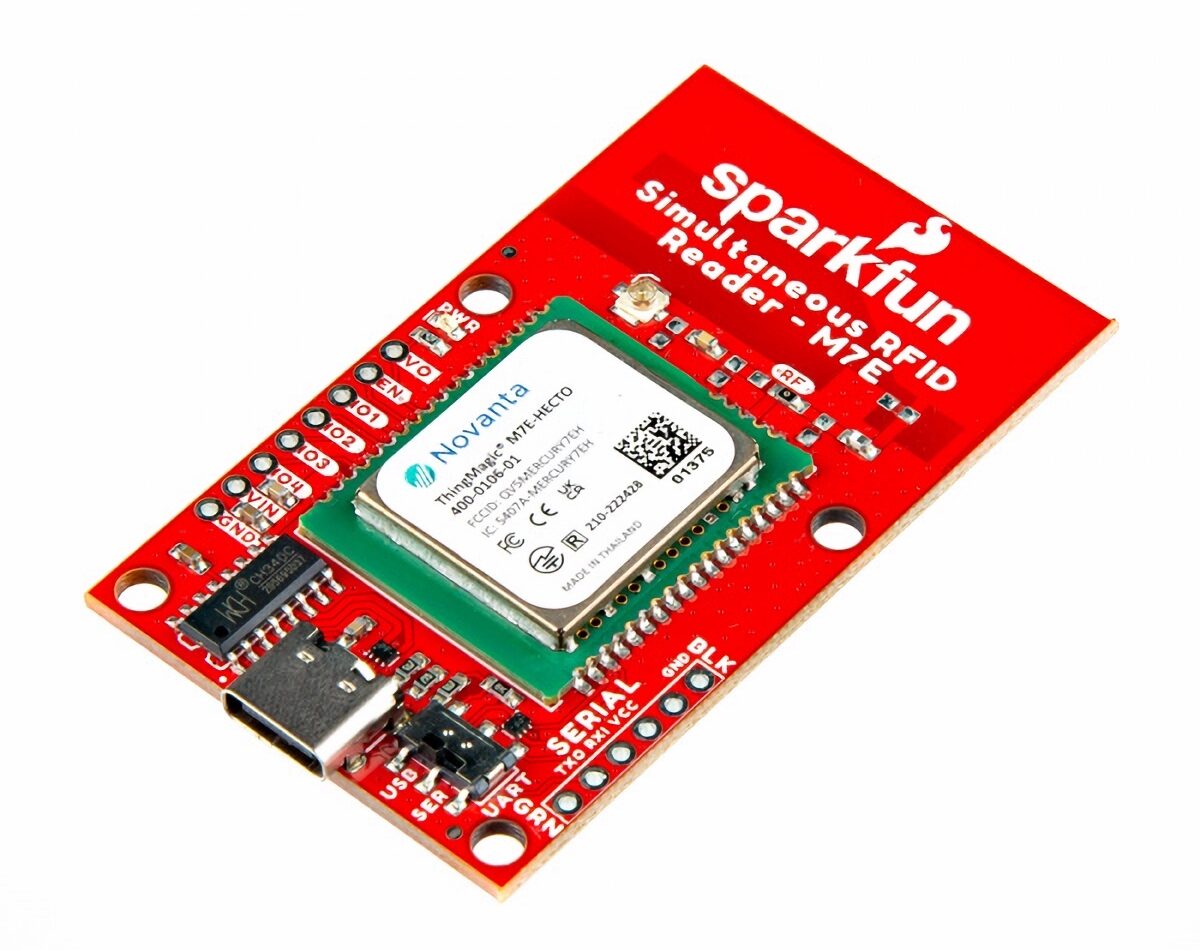The DSTIKE Deauther Watch X is a Wi-Fi hacking tool that can be used to test wireless networks, powered by the ESP8266 wireless microcontroller and running the open-source Deauther firmware from SpacehuhnTech. It only works on 2.4GHz networks, since 5GHz Wi-Fi is not supported by the ESP8266. It also features a real-time clock module for displaying the time, like an actual watch. If you are not familiar with the term, a Wi–Fi Deauther is a device that can perform deauth or de-authentication attacks on Wi-Fi networks. It can kick other devices off a Wi-Fi network they are connected to, for learning or other purposes. The Deauther Watch X is the latest product in the DSTIKE Deauther Watch series from Travis Lin and we previously took a look at DSTIKE ESP32 Watch Development Board. The Watch X development board comes in a wristwatch form factor, uses an ESP8266 module instead of […]
HealthyPi Move is an open-source nRF5340-powered biometric monitor worn like a watch (Crowdfunding)
The HealthyPi Move is the latest biometric monitor in the HealthyPi series from ProtoCentral. It is the first to come in a wearable form factor and can measure up to eight vital signs. It is powered by a Nordic Semiconductor nRF5340 dual-core SoC, with a Cortex-M33 application processor and a Cortex-M33 network processor. It features 128MB of flash memory connected through a high-speed QSPI interface that can store up to 10 days of processed data. It is capable of measuring galvanic skin response (EDA/GSR), electrocardiogram (ECG) signals, and photoplethysmogram (PPG) signals for determining blood oxygen level (SPO2), blood pressure, and heart rate variability. It also includes a body temperature sensor and inertial measurement unit (IMU) with a 6-axis accelerometer and gyroscope. HealthyPi Move targets medical and biotech applications, including personal health tracking, building healthcare devices, and even clinical research with approval from the FDA or IRB. We have previously covered […]
Nordic nRF52840-based True Wireless Valve is a USB or battery powered valve for home water management (Crowdfunding)
True Wireless Valve from Uhome Systems is a battery-powered, smart valve that is easy to install and integrate into your smart home setup. It is based on the Nordic Semiconductor nRF52840, a multiprotocol Bluetooth 5.4 SoC with support for Bluetooth Low Energy, Bluetooth mesh, Thread, NFC, and Zigbee. True Wireless Valve can run on four AAA batteries for up to two years and can also be powered via a USB Type-C power supply. It offers a completely wireless experience with the option for battery power which removes the need for additional wiring and makes installation easier and safer. It seamlessly integrates with Home Assistant and other smart home platforms via ZHA and Zigbee2MQTT. It can be paired with a leak detector such as the AquaPing and used to respond automatically to potential leaks in the home. True Wireless Valve specifications: SoC – Nordic Semiconductor nRF52840 CPU – 32-bit Cortex-M4 core […]
Inkplate 6 MOTION STM32-powered wireless e-paper display offers higher resolution and faster refresh rates (Crowdfunding)
The Inkplate 6 MOTION is a new product from Soldered Electronics in their Inkplate series of wireless e-paper displays. It is a 6-inch e-paper display with a partial refresh rate of 11fps which reduces obvious latency in rendering dynamic content such as videos, animations, and scrolling text. The display is driven by an STMicroelectronics dual-core STM32H743 microcontroller, with an ESP32-C3 as a secondary processor. It features Wi-Fi and Bluetooth for networking and a host of peripheral interfaces for physical connectivity. It includes several sensors such as a rotary encoder for quick navigation, a gravitational accelerometer with a gyroscope for tracking device orientation, and a motion detection sensor. We covered the original Inkplate 6 display when it launched on Crowd Supply in 2019. The Inkplate 6 is much less expensive than the new model but has a lower screen resolution (800 x 600 px) and slower refresh rates (256ms). Furthermore, it […]
Compact ESP32-S3 based air quality sensor uses an LED dial to tell how clean your air is (Crowdfunding)
If you are curious about the air quality in your area, then Studio LUFF Air Quality Sensor might be just the thing for you. It is designed to be affordable, open-source, portable, and customizable. Studio LUFF is a design practice based in California, United States composed of Pierluigi Dalla Rosa and two others. Collectively, they “advocate for an alternative approach to technology that is driven by curiosity, creativity, community and sustainability.” The Air Quality Sensor is their first product. The Air Quality Sensor is powered by an ESP32-S3 microcontroller and uses a Plantower PMS7003 particulate matter sensor module to measure air quality. It looks like a small, black disk with AQI (air quality index) values that run from 0 to 200. An LED dial is mounted on the back of the device which reflects on the wall to display the current air quality index in the area. The project was inspired […]
FLIP_C3 ESP32-C3 board takes up to 60V DC input, ships with ESPHome firmware
Voidbox FLIP_C3 is an open-source hardware board powered by an ESP32-C3 WiFi & BLE microcontroller that takes up to 60V DC power input feeding a 5V/2A DC-DC step-down converter and flashed with ESPHome firmware by default for Home Assistant support. The board incorporates a push-in spring release connector which means stranded (ferrules or tinning are suggested) and solid wires can be used in deploying the device in off-grid/battery-powered systems with up to 16s LiFePO4 delivering 48V through the 6-60V input port on the ESP32-C3 board. The onboard WS2812B LED can be used as a null pixel/level shifter for longer strings of addressable pixels. The ESP32-C3 – due to its support for Wi-Fi and BLE connectivity – is a popular SoC for IoT solutions and powers home and industrial automation devices such as NanoCell v2.1, Spark Analyzer, LOLIN C3 Pico, and the LILYGO T-RSC3. It is built for home automation applications […]
Easily build a robot car with the Car Base Board for the STM32F411 “Black Pill” board
The Car Base Board from Applying Microcontroller Solutions is a modular platform for building robot car projects powered by the WeAct Studio Black Pill development board. The Black Pill board is an upgrade to the “Blue Pill 2” board and features the STM32F411CEU6 microcontroller running at 100MHz with 512 KB of flash memory, 128 KB SRAM, and a USB Type-C port for power and programming. The Care Base Board printed circuit board is a base controller that takes hardware expansions such as wireless modules, servos, and sensors to monitor and control a robot car. The onboard headers provide a straightforward way to wire these connections and help prevent a tangled mess (rat’s nest) of wires. The PCB’s design makes it easy to use widely-available, “generic” devices and boards in development and to power all of them with batteries. It also allows the developer to select their favorite wireless communication device. […]
SparkFun M7E Hecto is a simultaneous RFID Reader with USB-C connectivity and a range of up to 5m
SparkFun has announced the M7E Hecto, a ‘simultaneous’ RFID reader in a compact form factor and high-performance capabilities. The RFID reader is powered by Jadak’s Hecto module (M7E-HECTO) from the ThingMagic series which offers a wide RF output range from 0 dBm to +27 dBm and reads up to 300 tags/second. SparkFun M7E Hecto builds on the much older M6E Nano RFID reader, adding a USB-C port, increasing the read rate from 150 tags/second, and reducing power consumption. It supports an external antenna (sold separately) which extends the scanning distance up to 16 ft (4.8m) from the 1 to 2 ft (0.3m – 0.6m) range supported by the onboard antenna. It does come with a warning to ensure that personnel are not directly in the radiation beam of the antenna while they are within 21cm of the antenna (to adhere to FCC limits for long-term exposure to RF emissions). The […]


